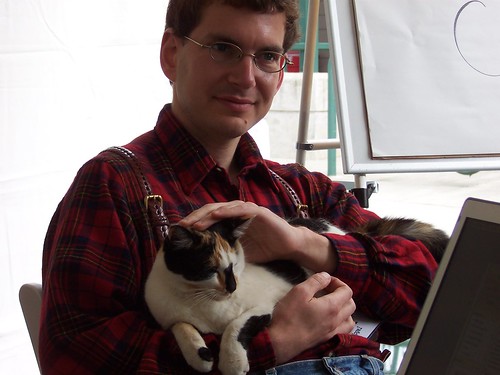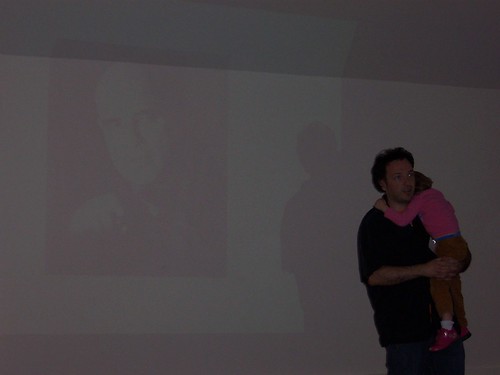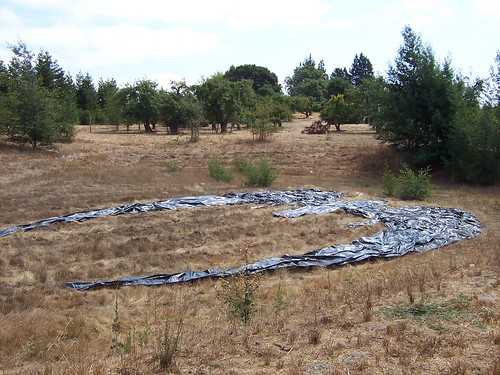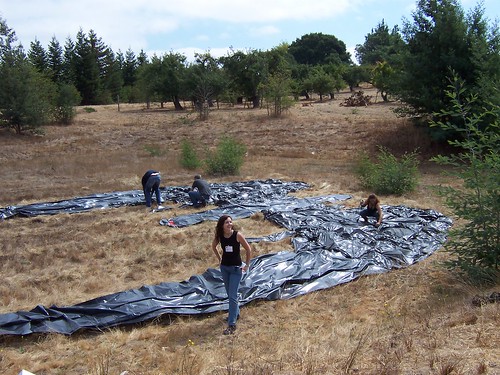Web 2.0, Knowledge, and Splitting Hairs
Web 2.0 is taking quite a beating this week. According to The Register,
Five years after the first internet bubble burst, we're now witnessing the backlash against Web 2.0 and a plethora of me-too business plans, marketing pitches and analyst reports exploiting the nebulous phrase.
Tim Berners-Lee, the individual credited with inventing the web and giving so many of us jobs, has become the most prominent individual so-far to point out that the Web 2.0 emperor is naked. Berners-Lee has dismissed Web 2.0 as useless jargon nobody can explain and a set of technology that tries to achieve exactly the same thing as "Web 1.0." (Quote from The Register).
I think Dana Gardner might be on the right track:
What we are up to here is actually Knowledge 2.0, and it is at least a millennial trend, and it shows every indication of having anthropologic impact. That is, Knowledge 2.0 is changing the definition of what it is to be a modern human, individually and collectively.
...
So while the get-off-your-cloud folks are poking needles into the Web 2.0 bubble, I have a better idea. Recognize that as you do that you are actually breathing in some of the newly freer air of knowledge, and exhaling some added bits of your own perceptions back in. Each metaphoric breath in and out is changing the world, like the proverbial butterfly flapping its wings in Timbuktu that then affects the weather in New York. (Quote from Dana Gardner's BriefingsDirect)
I will admit that the term “web 2.0” is over-hyped, but it can be a convenient way to think about how the web is shifting from a one-way mechanism to push information out to the world and moving toward a two-way discussion between the author and her readers. It is this user participation, user created content and the collective intelligence or knowledge generated by large groups of users that makes what we are seeing so incredibly powerful. So, we can argue about what to call it, or we can accept that participation and knowledge are becoming more prevalent on the web and find more creative ways to tap into the knowledge of our users.













